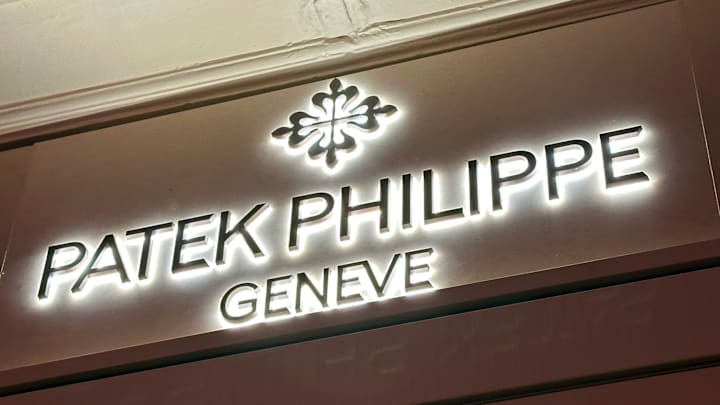The Evolution of Luxury Fashion in the Digital Age

The digital age has transformed every facet of the fashion industry, and luxury fashion is no exception. Once characterized by exclusivity, tradition, and inaccessibility, luxury fashion has had to adapt to a rapidly changing landscape where digital technology, social media, and shifting consumer behaviors are redefining what luxury means in the 21st century. The evolution of luxury fashion in the digital age is marked by a delicate balance between maintaining heritage and embracing innovation.
One of the most significant changes brought about by the digital age is the democratization of luxury fashion. Social media platforms like Instagram, TikTok, and Pinterest have made luxury fashion more accessible and visible to a global audience. Where luxury brands once relied on exclusivity and scarcity to maintain their allure, they now engage with consumers directly through digital channels, creating content that appeals to both traditional luxury consumers and younger, digitally-savvy audiences. This shift has expanded the reach of luxury fashion, allowing brands to connect with a broader demographic while maintaining their elite status.
E-commerce has also played a crucial role in the evolution of luxury fashion. While luxury brands were initially hesitant to embrace online sales, fearing it would dilute their exclusivity, the success of online luxury retailers like Net-a-Porter and Farfetch has demonstrated the potential of digital retail. Today, many luxury brands have their own e-commerce platforms, offering personalized shopping experiences, virtual styling sessions, and exclusive online collections. The convenience and accessibility of online shopping have made luxury fashion more attainable, without sacrificing the high standards of service and exclusivity that define the industry.
Another key aspect of luxury fashion's evolution in the digital age is the emphasis on sustainability and ethical practices. As consumers become more conscious of the environmental and social impact of their purchases, luxury brands are increasingly expected to demonstrate their commitment to sustainability. Digital transparency, such as detailed supply chain information and sustainable sourcing practices, has become an important factor in maintaining brand loyalty and attracting new customers. Luxury brands are now embracing sustainable materials, ethical production processes, and circular fashion initiatives to align with the values of modern consumers.
The digital age has also introduced new opportunities for innovation in luxury fashion. Technologies like artificial intelligence, augmented reality, and blockchain are being integrated into the luxury shopping experience, offering personalized recommendations, virtual try-ons, and secure authentication of products. These innovations not only enhance the customer experience but also help luxury brands stay ahead of the curve in an increasingly competitive market.
Despite these advancements, the essence of luxury fashion—craftsmanship, heritage, and exclusivity—remains central to its identity. The challenge for luxury brands in the digital age is to preserve these core values while embracing the opportunities presented by digital technology. By finding the right balance between tradition and innovation, luxury fashion can continue to thrive in a rapidly changing world.